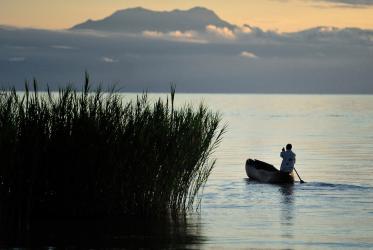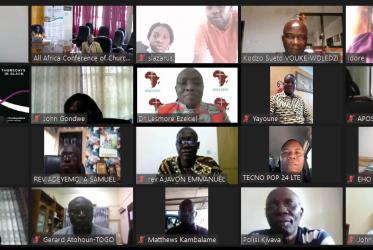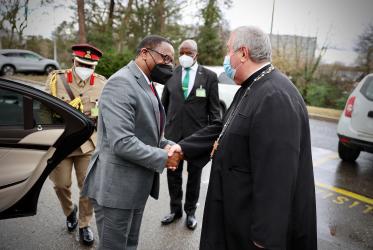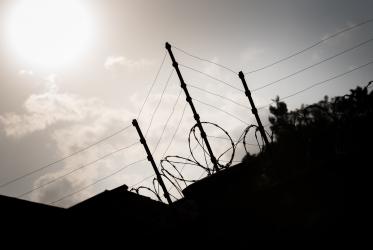Church of the Province of Central Africa
The Province covers Botswana, Malawi, Zambia and Zimbabwe. It was inaugurated in 1955. The first Anglican missionaries arrived in Nyasaland (now Malawi) in 1882. When Malawi became independent in 1964, the diocese of Nyasaland changed its name to diocese of Malawi. Now there are four dioceses. In Zimbabwe the Anglican Church dates back to missionary efforts from South Africa which began in 1811, when the diocese of Mashonaland was created. This diocese became part of the Church of the Province of South Africa, and included part of Botswana and Mozambique, as well as the whole of Rhodesia, until the formation of the diocese of Matabeleland in 1953. The countries forming the present province are different from one another, and face different problems. Zimbabwe is relatively industrialized, while Malawi is almost entirely rural. Zambia produces much of the world's copper. Botswana's main industry has been, until recently, cattle ranching. But there are diamonds, copper and nickel mines now. Malawi and Zimbabwe are predominantly Christian, while in Botswana and Zambia Christianity is a minority religion. Christianity is expanding; for example Zimbabwe now has five dioceses and so has Zambia.
The constitution of the province is similar to that of other provinces in other parts of Africa but, unlike most of them, it has a floating archbishopric. A recent development has been the creation of territorial councils in countries where there are more than one diocese. The Zambian Anglican council has extensive administrative and financial powers; the Anglican council in Malawi controls pension and trust funds; the Zimbabwe Anglican council is purely consultative. The major task for the church in Zimbabwe is to be involved in reconciliation, reconstruction and development after years of fighting for independence. The church in all four countries has developed indigenous leadership and is striving towards financial independence.





